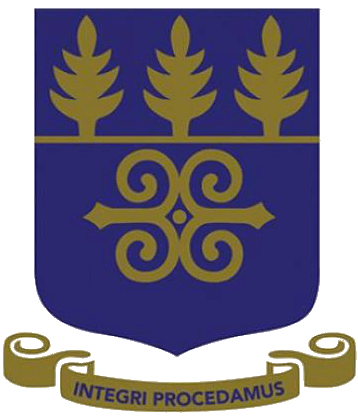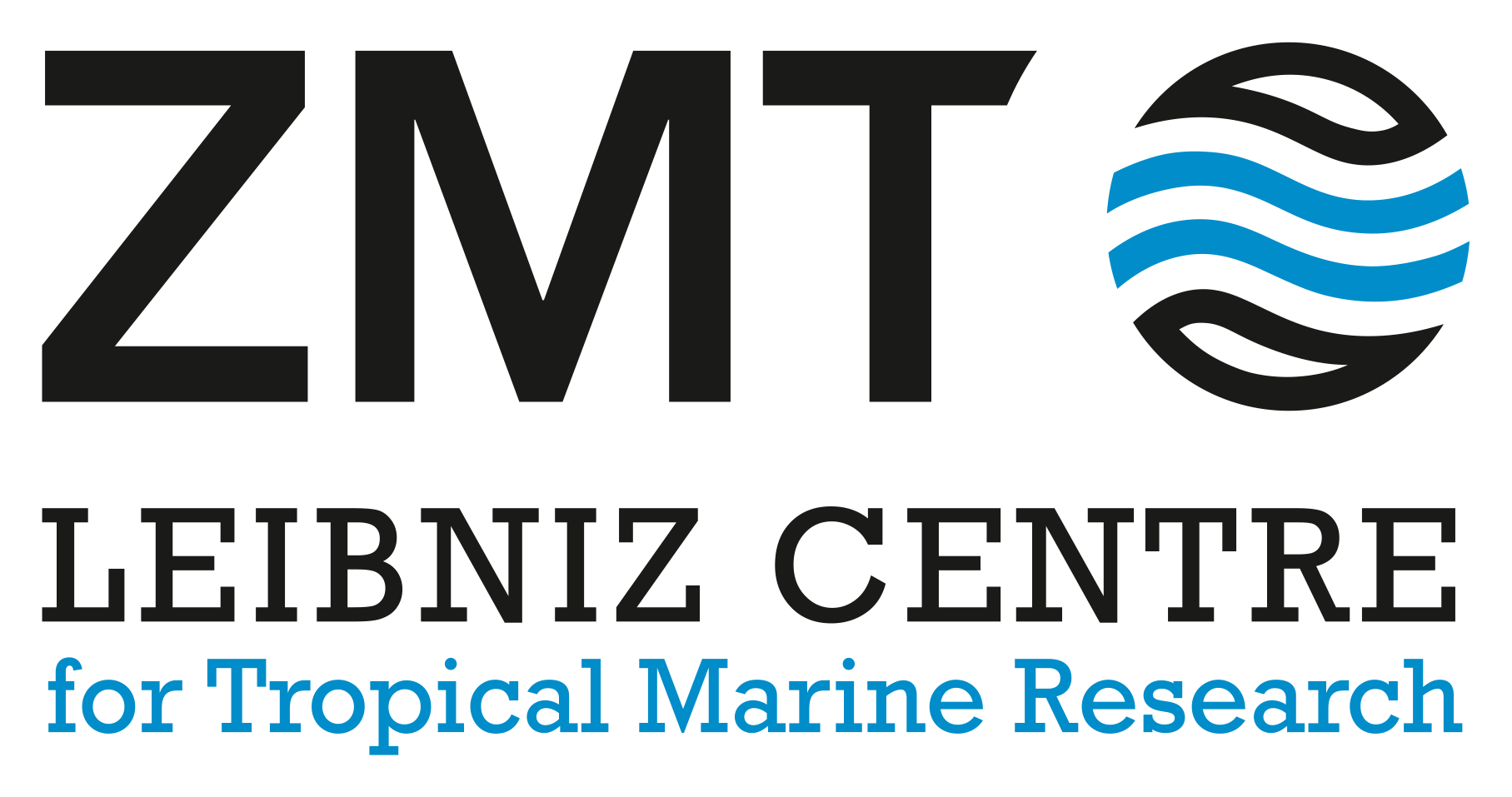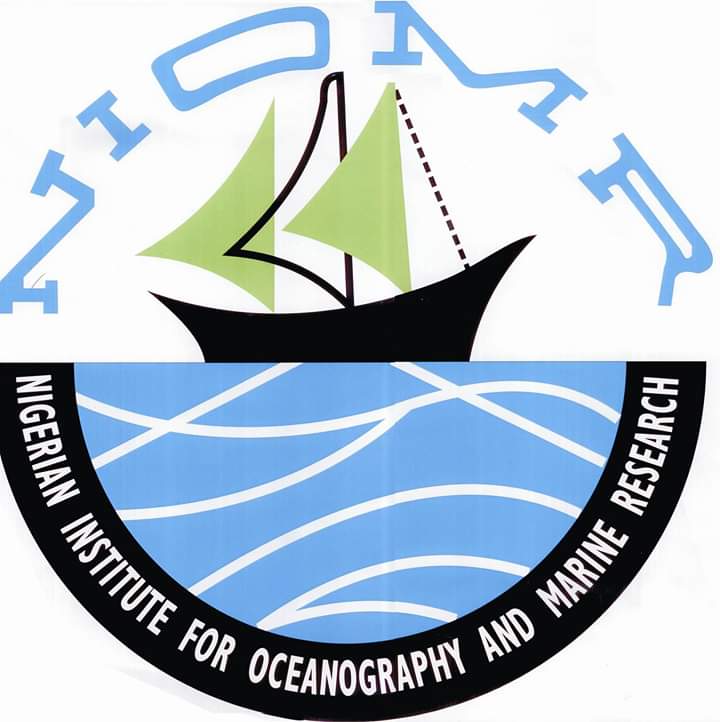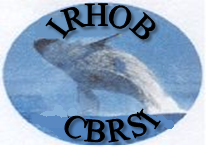Building CapacIty in Ocean AcidificaTion MoniToring in the Gulf of GuineA (BIOTTA)
Overview
The Gulf of Guinea (GoG) is host to many distinct ecosystems, among which is the Guinea Current Large Marine Ecosystem extending from the intense upwelling area of the Guinea Current in the north to the Benguela Current in the south. The GoG region is however, characterized by a high poverty rate within fishing communities, with an average daily income of USD 6.1 for over 610,000 artisanal fishers (IDAF, 1997), with the situation getting worse in recent times due to continual decline in fish landings. Dotted along the relatively wide continental shelf of the GoG are several lagoonal/estuarine systems including adjacent coastal marine waters that provide livelihood benefits i.e., nutrition and jobs to deprived communities living around them. The productive waters of the GoG support shellfish (oysters, mussels, clams, crabs etc.) and a diverse finfish fishery which provide significant livelihood income to coastal communities in countries such as Cote d’Ivoire, Ghana, Togo, Benin, Nigeria etc. Climate change in West Africa is characterized by increasing temperatures, changing ocean pH, erratic rainfall patterns and an increase in the number of extreme events. Changing ocean pH coupled with other climate and non-climate stressors such as pollution and overfishing present huge threats to the future of the fishery and other marine resources in the region. A lack of skills in the measurement of ocean acidification (OA) hinders ocean observation which puts the fishery and other marine biological resources in the GoG at a greater risk. This deficit in ocean acidification measurement skills forestalls our understanding of species vulnerability to changing pH. The BIOTTA working group will equip graduate students, early career ocean scientists and other marine science professionals in the GoG region with skills on sustainable OA data acquisition to expand our understanding of the threats, risks and impacts to marine ecosystems and chart pathways for sustainable management of marine resources at risk to OA in the GoG region.
This working group hopes to also bridge national, regional and international data gaps in ocean acidification.
Ocean acidification presents a threat to marine species globally, and forecasting the ecological impacts of acidification is a top priority for science, management, and policy (Kroecker et al., 2013). Ocean acidification is projected to impact every area of the ocean, from the deep sea to coastal lagoons and estuaries (Orr et al., 2005; Feely et al., 2010), with potentially wide‐ranging impacts on marine life (Green et al., 2009; Doney et al., 2009; Byrne and Przeslawski, 2013; Mukherjee et al., 2013 ; Doney et al., 2015). There is a rapidly growing body of research interest in the sustainable acquisition of OA data towards: (i) improving our understanding of global ocean acidification conditions; (ii) improving our understanding of ecosystem response to OA; and (iii) and acquiring and exchanging the data and knowledge necessary to optimize the modeling of OA and its impacts. To date, OA monitoring efforts in Africa remain a major challenge with a paucity of data mainly as a result of the lack of prerequisite skills for carrying out OA measurements. BIOTTA aims to complement global efforts such as the Global Ocean Acidification Observing Network (GOA-ON) and the International Ocean Carbon Coordination Project (IOCCP) by convening a series of virtual regional workshops and webinars to train young and professional scientists in setting up and maintaining OA observation systems in the GoG and other African seas. The BIOTTA working group would promote the use of GOA-ON’s Pier2Peer programme among its member institutions to foster regional and international collaboration on OA observation.
How the BIOTTA Project contributes to POGO priority areas
The BIOTTA project aims to develop an integrated and sustainable OA observing system in the GoG and create a platform to facilitate collaboration among and incorporate the expertise of researchers in the GoG region to identify, understand and design solutions to improve research on OA.
We aim to achieve this through:
- Developing a coordinated network for observing OA in the GoG. The network shall be developed from selected existing oceanographic institutions in the GoG region (Liberia, Cote d’Ivoire, Ghana, Togo, Benin and Nigeria) with Ghana serving as the central coordinating station for the BIOTTA network. We also hope to connect with, and draw expertise from the Ocean Acidification Africa (OA- Africa) Network (https://www.oa-africa.net/) in order to strengthen and expand the network. There shall be at least one (1) monitoring station per institution. A focal person shall be selected per institution to report directly the activities of each institution to the BIOTTA central station. Virtual meetings shall be held quarterly to discuss challenges and progress at each station. These meetings shall also be used in catalysing ideas for larger sources of funding to sustain the activities of the working group.
- Developing capabilities to undertake analysis and measurement of seawater OA chemistry parameters such as total alkalinity (TA), pH and dissolved inorganic carbon (DIC) using low-cost, readily available and simple-to-use equipment among BIOTTA member institutions. We intend to make pH measurements using the commercial handheld pH sensor, pHyter or the USF-USGS hand-held pH photometer developed by the University of South Florida, which is known for its low-maintenance and good precision (±0.01). Alternatively, the use of a low-cost optode system for shallow water measurements of pH and pCO2 will be explored as commercial in situ DIC sensors are still in their developmental stages. Development of capabilities in these instrumentations will be achieved through the organisation of one regional and two virtual online training workshops for BIOTTA member institutions on the collection and analysis of water samples and processing of OA data using standardized protocols. BIOTTA plans to integrate its network into other global networks such as GOA-ON and provide a platform for sharing ideas, designing collaborative research programs and facilitate international collaboration and support. Therefore, the OA observational protocol shall align with those of the GOA-ON.
- Mapping out OA hotspots in BIOTTA member countries for long-term OA monitoring. Through a series of virtual meetings and in consultation with the OA-Africa network, BIOTTA will identify and map out coastal areas within member countries that are most vulnerable to OA. The mapping will consider coastal upwelling areas between Cape Palmas (Cote d’Ivoire) and Cape three points (Ghana) and Cotonou (Benin), where seasonal upwelling drives the biology of the system (Hardman-Mountford and McGlade, 2003). This shall also take into consideration areas where vulnerable species are located and where people who most depend on these species reside.
- Initiating sound OA monitoring activities in the BIOTTA member countries and contributing to the Global Ocean Acidification Observing Network (GOA-ON) with new data from an understudied and intense coastal upwelling region. BIOTTA will begin OA monitoring activities in member countries after successful mapping of hotspot areas in these countries. The OA observing starter kits for carbonate chemistry developed by the International Atomic Energy Agency (IAEA) in partnership with the GOA-ON shall be implemented in each institution. Institutions would be provided with consumables and low-cost pH sensors e.g. the handheld pH sensor, pHyter or the USF-USGS hand-held pH photometer, to facilitate OA observation. Once OA observation commences, the network would explore other possible sources of funding to sustain long-term OA observation in the GoG.
- Integration into global OA observing networks. We would explore the potential of integrating the BIOTTA network into global OA observing networks such as the GOA-ON etc. The goal of this is to share and make data available to the global ocean observing community in a very transparent way.
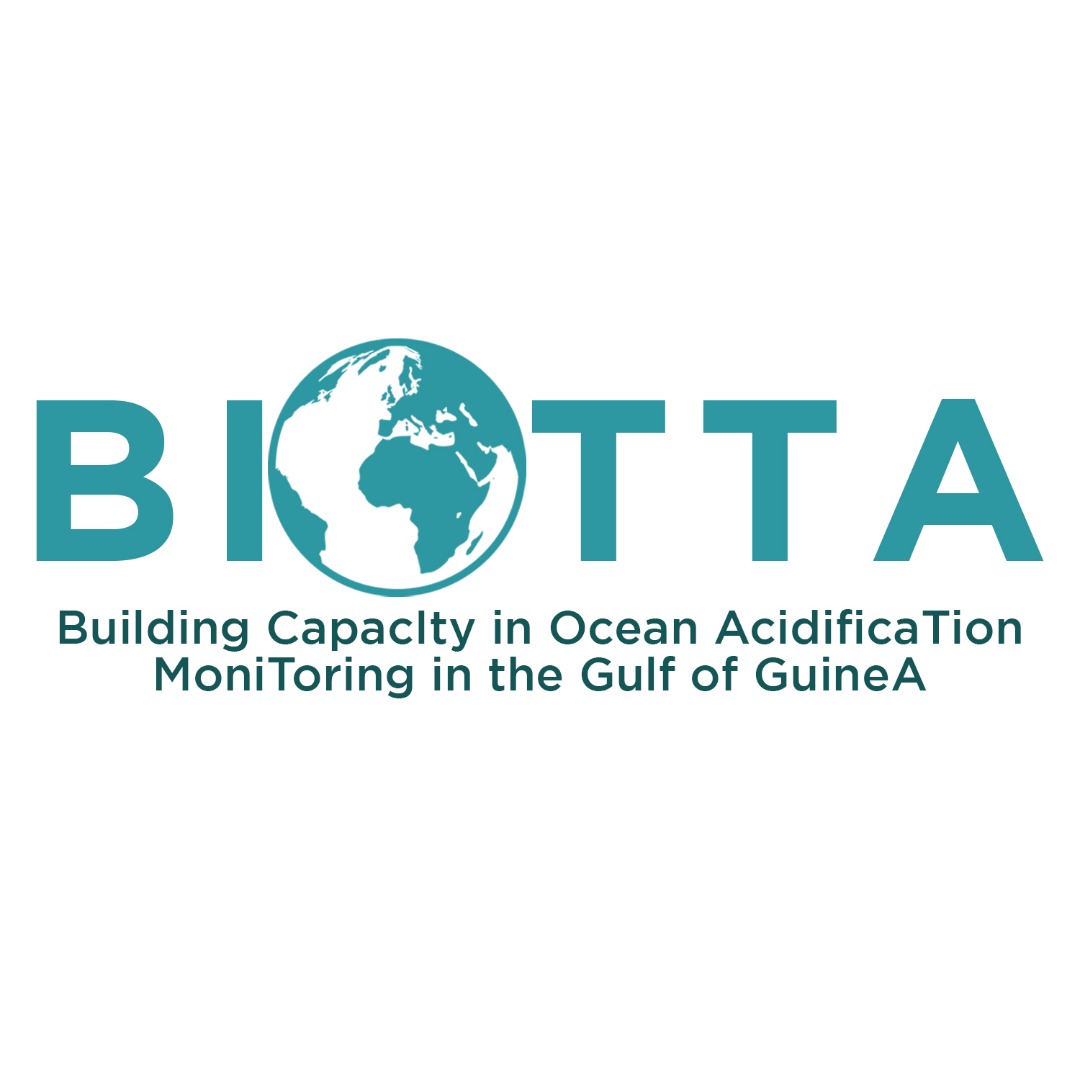
Status: Active Project
Year: 2020-2021
Project Participants
Leader
- Edem Mahu, University of Ghana, Ghana
Participants
- Benjamin O. Botwe, University of Ghana, Ghana
- Lailah Gifty Akita, University of Ghana, Ghana
- Francis Emile Asuquo, University of Calabar, Nigeria
- Jan Newton, NANOOS, University of Washington, USA
- Tim Rixen, Leibniz Center for Tropical Marine Research, Germany
- Nubi Olubunmi, NIOMR, Nigeria

